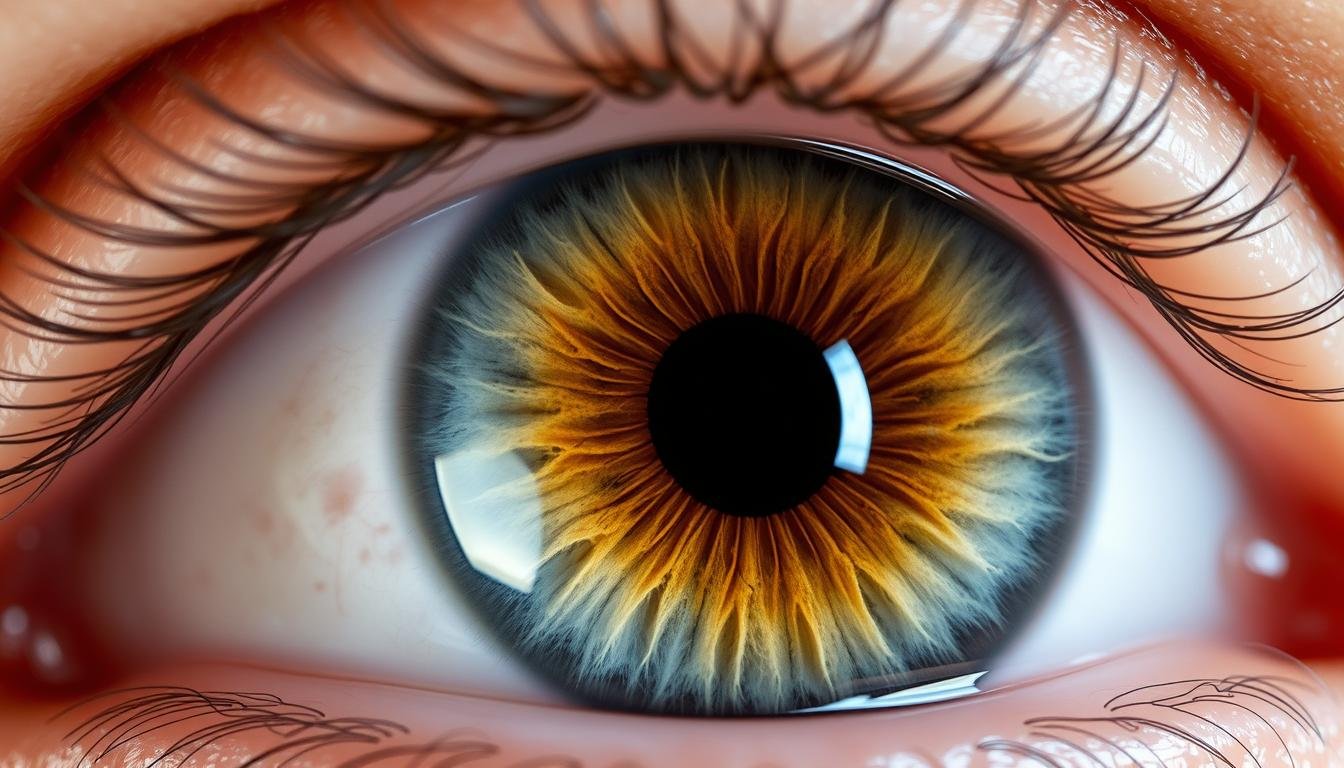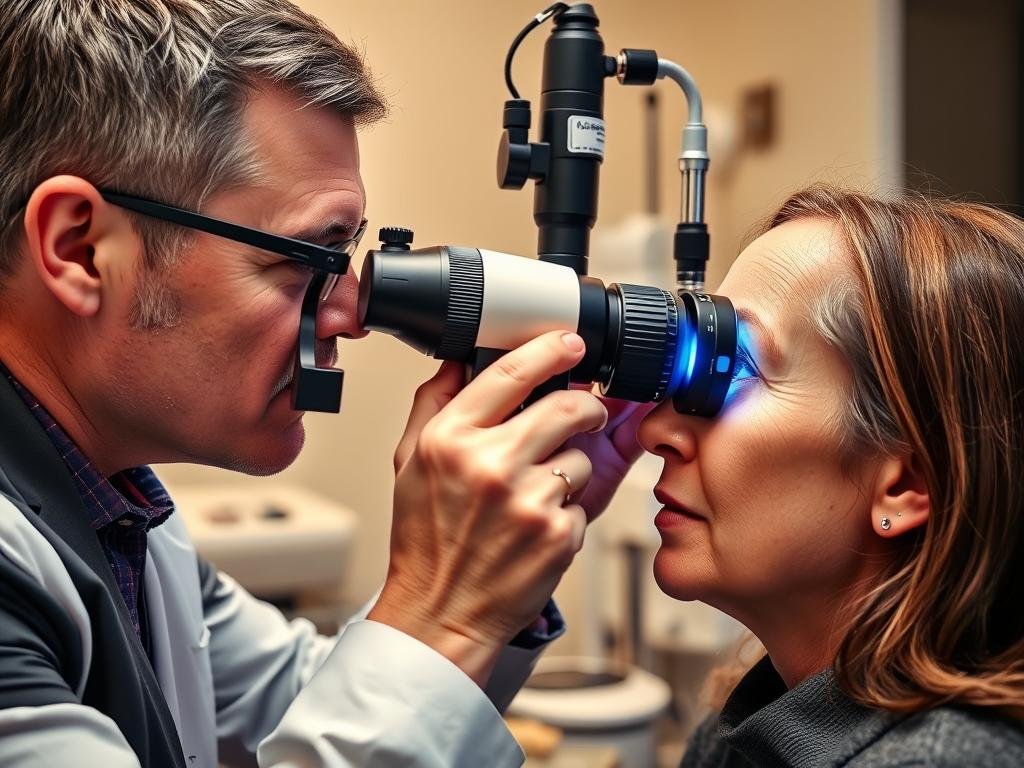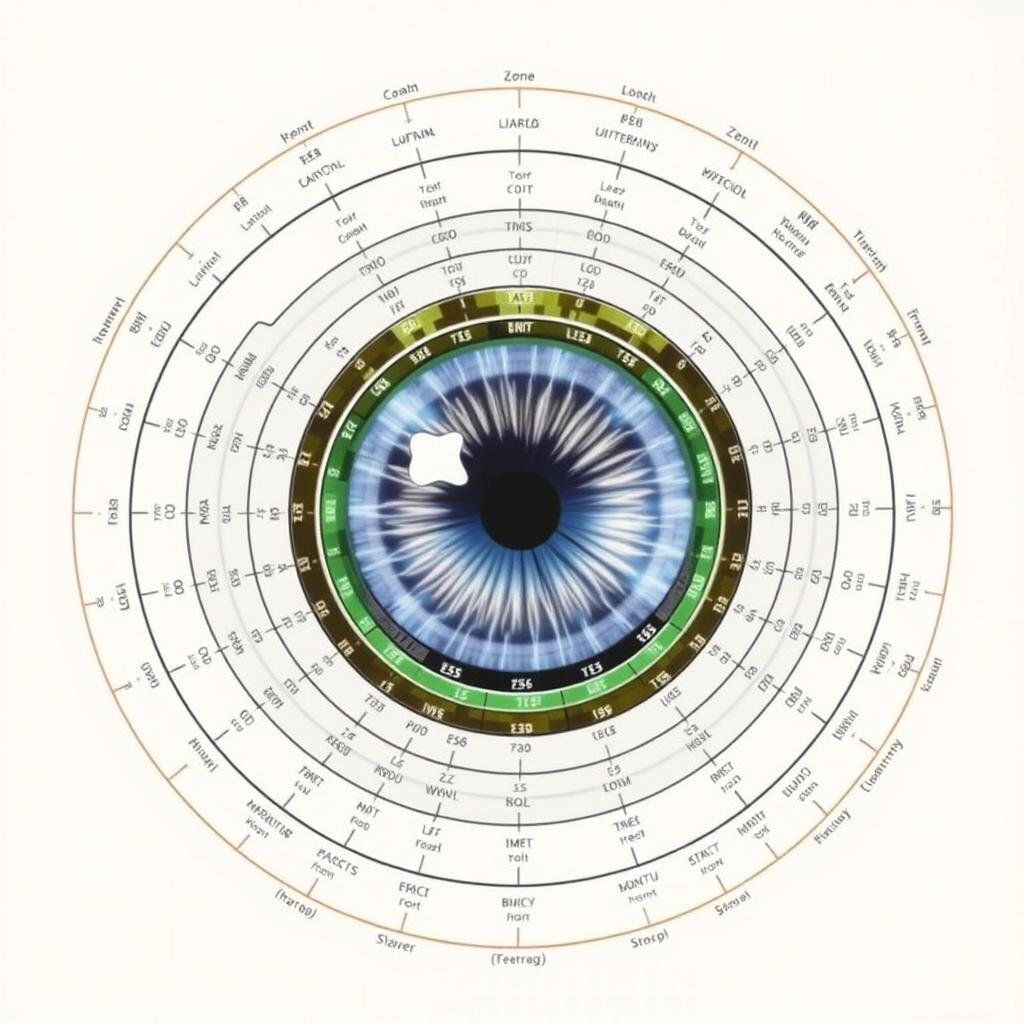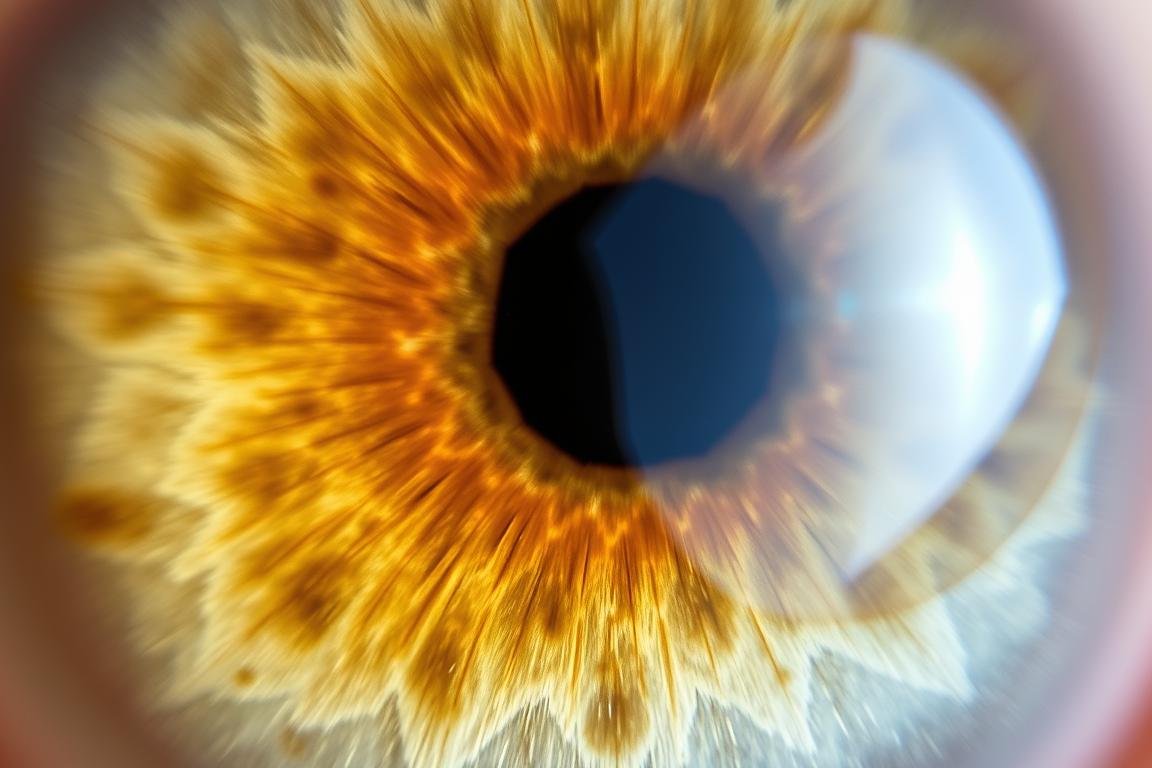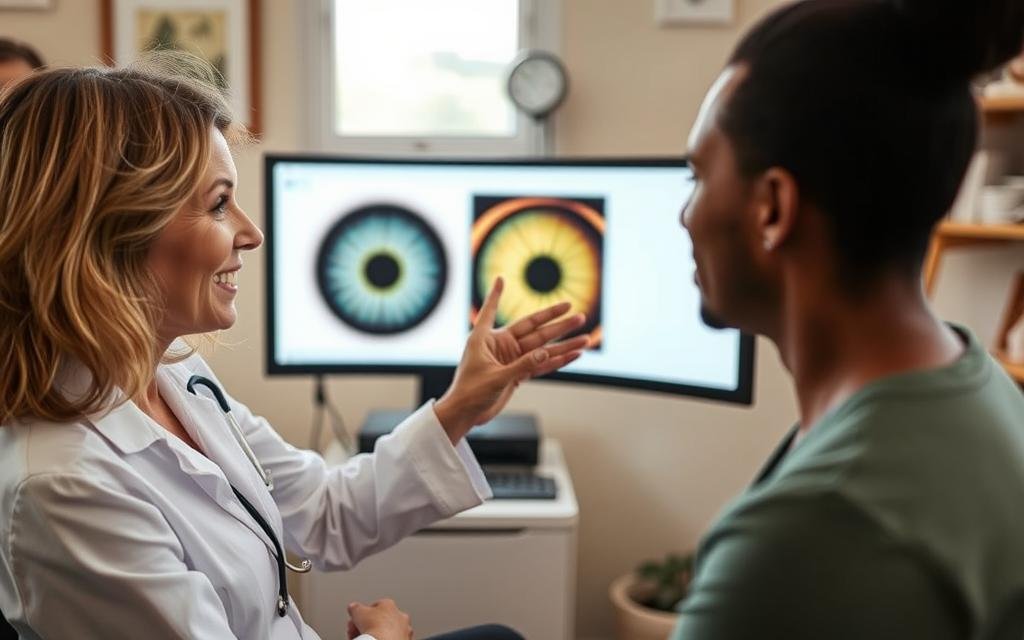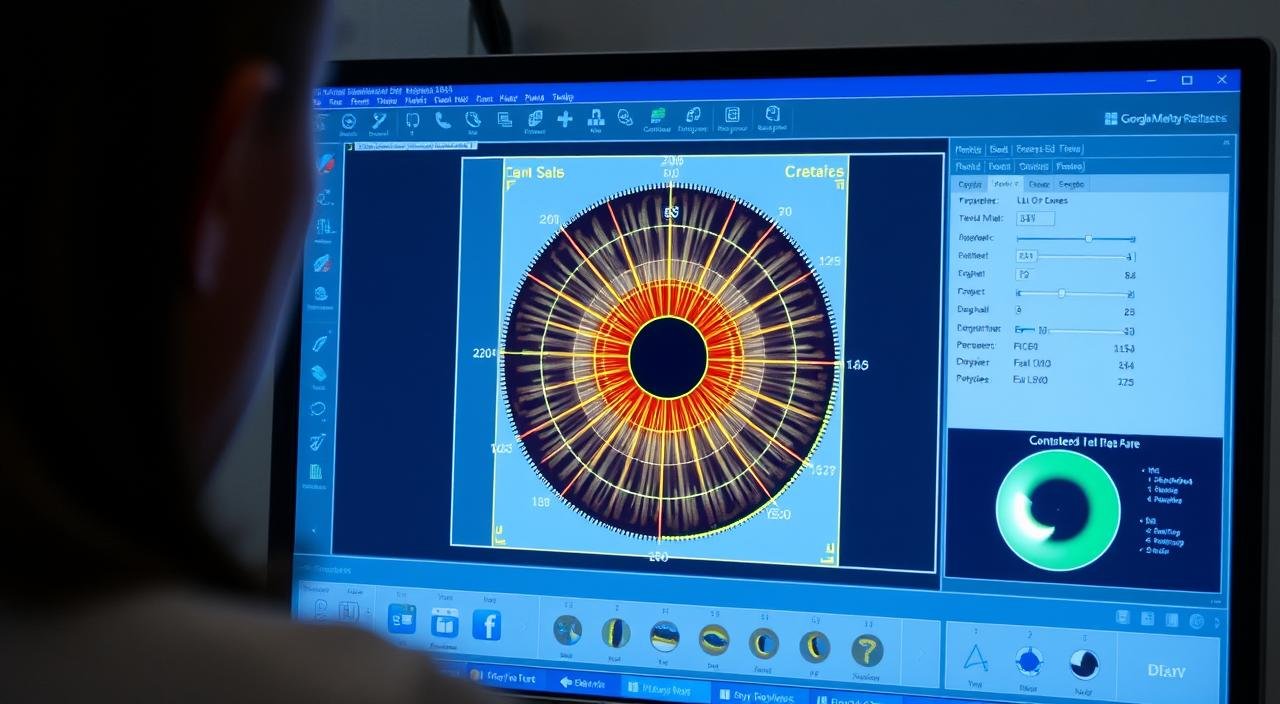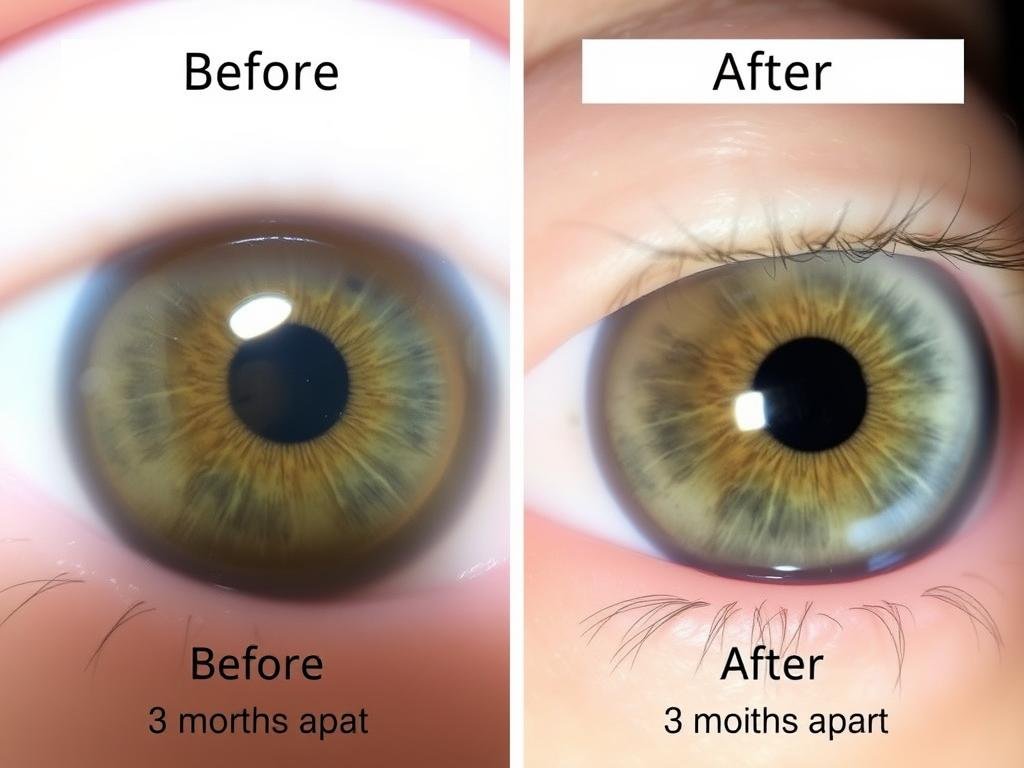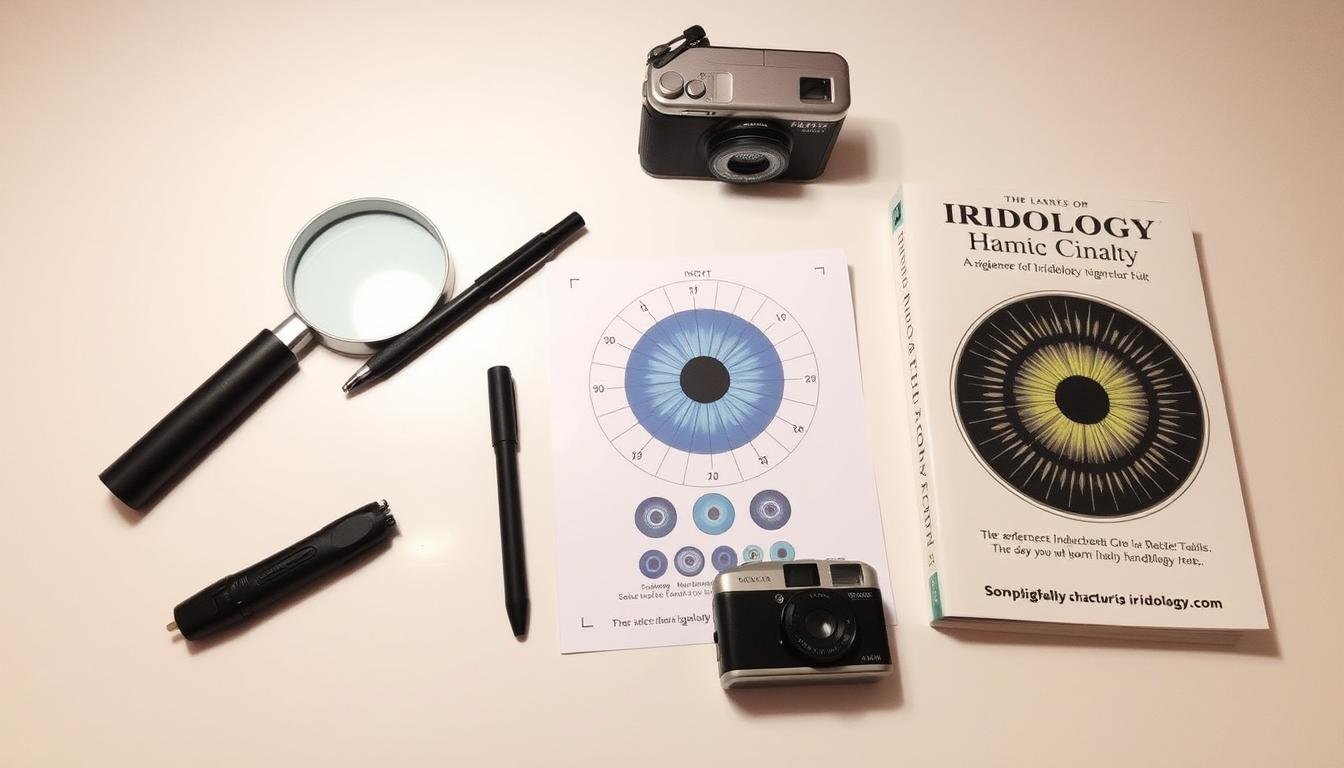The human iris contains remarkable details that may offer insights into our overall health. Right Eye Iridology focuses specifically on analyzing the right iris to identify potential health patterns and imbalances. By understanding the zonal divisions of the right iris, practitioners can map connections between specific areas of the eye and corresponding organs or systems in the body. This ancient practice, combined with modern understanding, provides a unique perspective on holistic health assessment that many find valuable as a complementary approach to conventional medicine.
What Is Right Eye Iridology?
Right Eye Iridology is the specialized study of the right iris to assess potential health conditions and constitutional strengths or weaknesses. Practitioners believe that the right iris corresponds primarily to the right side of the body and specific organ systems. This practice is based on the premise that the iris contains a detailed map of the body, with different zones representing different organs and tissues.
The right eye in iridology is particularly associated with the liver, gallbladder, and other organs predominantly located on the right side of the body. By examining changes in color, structure, and markings in specific zones of the right iris, practitioners aim to identify areas of the body that may require attention or support.

The History and Development of Right Eye Iridology
The practice of iridology has roots dating back to ancient civilizations, but modern Right Eye Iridology began taking shape in the 19th century. Hungarian physician Ignaz von Peczely is often credited with developing the first detailed iris chart after observing changes in an owl’s iris following injury. His work was later expanded by Swedish homeopath Nils Liljequist and American practitioners like Bernard Jensen, who refined the mapping of the right iris to specific body systems.
Today, Right Eye Iridology continues to evolve with advanced imaging technology allowing for more detailed analysis of iris structures. While conventional medicine remains skeptical of its diagnostic capabilities, many holistic health practitioners incorporate it as part of a comprehensive wellness assessment.
Zonal Division in Right Eye Iridology
The foundation of Right Eye Iridology lies in understanding how the iris is divided into distinct zones. Each zone corresponds to different parts of the body, creating a map that practitioners use to identify potential health imbalances. These zones are arranged in a radial pattern, extending from the pupil (representing the digestive system) outward to the edge of the iris (corresponding to the skin, lymphatics, and extremities).


Major Zones of the Right Iris
The right iris is divided into several key zones, each associated with specific organs and systems. Understanding these zones is essential for proper Right Eye Iridology analysis:
Digestive System Zone
Located around the pupil, this zone reflects the condition of the digestive tract. In Right Eye Iridology, practitioners pay special attention to this area as it may indicate issues with nutrient absorption and elimination. Dark spots or discolorations here might suggest digestive weaknesses or inflammation.
Liver and Gallbladder Zone
Found in the lower right quadrant of the right iris, this zone is particularly significant in Right Eye Iridology. Changes here may indicate liver stress, gallbladder issues, or metabolic challenges. Practitioners look for color changes, lesions, or structural abnormalities in this area.
Дыхательная зона
Located in the upper right quadrant, this area corresponds to the lungs and bronchial passages. Right Eye Iridology practitioners examine this zone for signs of respiratory sensitivity or congestion, which may appear as white markings or structural changes.
Лимфатическая система зона
Found in the outer edge of the iris, this zone reflects lymphatic circulation and immune function. In Right Eye Iridology, a cloudy or congested appearance here might suggest challenges with detoxification or immune response.
Зона нервной системы
Spanning across the iris, nerve rings appear as circular lines that may indicate nervous system stress. Right Eye Iridology practitioners assess these rings to evaluate potential neurological tension or autonomic nervous system imbalances.
Endocrine Zone
Scattered throughout specific areas of the iris, these points correspond to various glands. In Right Eye Iridology, practitioners look for markings in these areas that might suggest hormonal imbalances or endocrine system challenges.

Interpreting Zone Abnormalities
В Right Eye Iridology, practitioners look for several types of markings and changes within each zone:
- Lacunae (pit-like depressions) may indicate inherent weaknesses or degenerative changes
- Pigmentation spots might suggest accumulation of toxins or metabolic byproducts
- Radii solaris (spoke-like lines) could indicate irritation or inflammation in corresponding organs
- Color changes may reflect acute or chronic conditions in the associated body areas
- Structural changes like fiber separations might indicate tissue damage or stress
The interpretation of these signs requires significant training and experience. Right Eye Iridology practitioners typically consider the size, color, depth, and location of markings to form a comprehensive assessment of potential health patterns.
Scientific Basis of Right Eye Iridology
The scientific community remains divided on the validity of Right Eye Iridology. While conventional medicine has not embraced iridology as a diagnostic tool, some researchers point to potential connections between iris features and certain health conditions.

Подтверждающие доказательства
- Some studies suggest correlations between iris patterns and genetic predispositions
- Research on iris structure has identified connections to autonomic nervous system activity
- Case studies document consistent iris changes in response to certain health conditions
- Embryological development links eye tissues to other body systems through shared ectodermal origin
Ограничения и критика
- Limited peer-reviewed research supporting diagnostic claims
- Controlled studies have failed to show consistent diagnostic accuracy
- Lack of standardized methodology across practitioners
- Potential for confirmation bias in interpretations
Пока Right Eye Iridology may not meet conventional scientific standards for diagnosis, many practitioners and clients report value in its use as a complementary assessment tool. The practice continues to evolve, with some researchers calling for more rigorous scientific investigation of its principles and applications.
Practical Applications of Right Eye Iridology
Right Eye Iridology serves various practical purposes in holistic health assessment. Practitioners use it to identify potential areas of concern, guide preventive health strategies, and complement other diagnostic approaches.

How Practitioners Use Right Eye Iridology
Health practitioners incorporate Right Eye Iridology in several ways:
Preventive Health Screening
By identifying constitutional weaknesses through Right Eye Iridology, practitioners can recommend targeted preventive measures before symptoms develop. This might include specific dietary changes, supplements, or lifestyle modifications designed to support potentially vulnerable systems.
Дополнительная оценка
Right Eye Iridology is often used alongside other assessment methods to create a more comprehensive health picture. Practitioners may combine iris analysis with health history, physical examination, and laboratory testing to develop personalized health protocols.
Tracking Health Changes
Some practitioners use sequential iris photography to monitor changes over time. While the basic iris structure remains stable, subtle changes in coloration, clarity, and certain markings may reflect shifts in health status that can be tracked through Right Eye Iridology.

Self-Assessment Limitations
While professional Right Eye Iridology requires training and specialized equipment, some basic principles can be observed by individuals:
Важное примечание: Self-assessment using Right Eye Iridology has significant limitations and should never replace professional medical care. Any concerning health symptoms should be evaluated by qualified healthcare providers.
For those interested in learning more about Right Eye Iridology, several resources are available, from introductory books to professional training programs. Many holistic health practitioners offer iridology as part of their services, providing an accessible entry point for those curious about this assessment method.
Case Examples in Right Eye Iridology
To better understand the practical application of Right Eye Iridology, consider these illustrative case examples. These demonstrate how practitioners might interpret iris signs and incorporate them into holistic health assessments.

| Iris Observation | Zone Affected | Потенциальная индикация | Complementary Approach |
| Dark lesion in lower quadrant | Liver/Gallbladder | Liver stress or congestion | Liver-supportive herbs, reduced toxin exposure |
| White fibers in upper quadrant | Respiratory | Respiratory sensitivity | Respiratory support, allergen identification |
| Circular nerve rings | Нервная система | Stress response patterns | Методы управления стрессом, поддержка нервной системы |
| Yellowish discoloration | Digestive | Digestive weakness | Digestive enzymes, gut-healing protocol |
| Radial lines at 3 o’clock position | Pancreatic | Blood sugar regulation challenges | Blood sugar balancing diet, chromium-rich foods |
These examples illustrate how Right Eye Iridology practitioners interpret various signs. However, it’s important to note that these interpretations would typically be considered alongside other health information and not used as standalone diagnostic tools.
Getting Started with Right Eye Iridology
For those interested in exploring Right Eye Iridology, several pathways are available, whether you’re seeking a professional assessment or looking to learn more about the practice.

Download Your Free Right Eye Iridology Zone Chart
Begin your journey into understanding the fascinating connections between your right iris and your health. Our comprehensive zone chart includes detailed explanations of each area and what it may reveal about your wellbeing.
Скачать бесплатную диаграмму
Finding a Qualified Right Eye Iridology Практикующий
If you’re interested in a professional assessment, consider these factors when selecting an iridologist:
- Verify their training and credentials in iridology
- Look for practitioners who use modern imaging equipment
- Choose someone who views iridology as complementary to (not replacing) conventional healthcare
- Ask about their experience specifically with Right Eye Iridology
- Request testimonials or references from previous clients
Many naturopathic physicians, holistic health practitioners, and some chiropractors offer iridology as part of their services. A consultation typically involves a detailed health history, iris photography, analysis, and recommendations based on the findings.
Часто задаваемые вопросы о Right Eye Iridology
Является Right Eye Iridology научно доказано?
Right Eye Iridology has limited scientific validation in conventional medical research. While some studies suggest correlations between iris features and certain health conditions, most clinical trials have not supported its use as a diagnostic tool. Many practitioners view it as a complementary assessment method rather than a definitive diagnostic system.
How does Right Eye Iridology differ from left eye analysis?
In traditional iridology, the right eye is believed to correspond primarily to the right side of the body and organs like the liver and gallbladder. The left eye typically relates to the left side of the body and organs like the heart and spleen. Right Eye Iridology focuses specifically on the patterns and signs in the right iris and their potential health implications.
Может Right Eye Iridology diagnose specific diseases?
No, Right Eye Iridology is not considered a diagnostic tool for specific diseases. Rather than diagnosing conditions, it aims to identify potential areas of weakness or stress in the body. Practitioners use it to assess overall patterns and guide preventive health strategies, not to replace conventional medical diagnosis.
How often should I have a Right Eye Iridology assessment?
For those who find value in Right Eye Iridology, an initial assessment followed by annual or semi-annual follow-ups is common. Since the basic iris structure changes very little throughout life, frequent assessments are generally unnecessary unless you’re monitoring specific health changes or responses to interventions.

Заключение: Будущее Right Eye Iridology
Поскольку интерес к интегративным и профилактическим подходам к здоровью продолжает расти, Right Eye Iridology remains a fascinating field that bridges ancient observational wisdom with modern health concepts. While scientific validation remains limited, many practitioners and clients find value in its holistic perspective and potential for early identification of health patterns.
Будущее Right Eye Iridology may include more rigorous research, standardized methodologies, and integration with other assessment tools. As technology advances, digital iris analysis and artificial intelligence may also play a role in refining and potentially validating some aspects of iridological practice.
Whether you approach Right Eye Iridology with curiosity, skepticism, or something in between, understanding its principles offers a unique perspective on the intricate connections between different aspects of human health. As with any complementary approach, it’s most valuable when used as part of a comprehensive health strategy that includes conventional medical care, lifestyle optimization, and personal intuition about your body’s needs.
Begin Your Right Eye Iridology Journey Today
Ready to explore what your right iris might reveal about your health? Download our comprehensive guide to get started with basic self-observation techniques and find qualified practitioners in your area.
Get Your Free Guide Now

